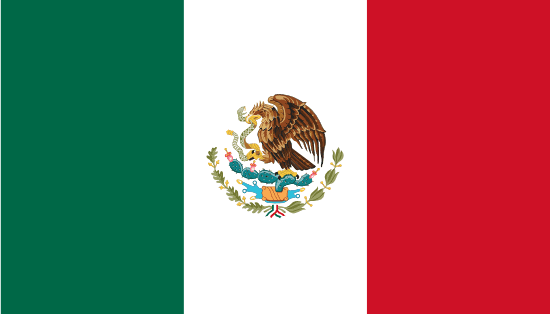"El Caribe Mexicano | The Mexican Caribbean"
About:
Cancun, a Mexican city, was developed in 1970 by the Mexican government as a tourist resort. Prior to this, it was an uninhabited area for centuries. The region's rich Mayan heritage dates back to 2000 BC, but the modern city's growth was driven by tourism. Today, Cancun is a premier tourist destination known for its beautiful beaches, clear turquoise waters, and vibrant nightlife. Despite challenges like hurricanes and economic downturns, Cancun continues to thrive and expand.
When to visit:
Cancun, a popular tourist destination located on the eastern coast of Mexico's Yucatan Peninsula, experiences a tropical climate with distinct wet and dry seasons. The best time to visit Cancun on a holiday is during the dry season, which typically spans from November to April. This period offers warm temperatures, clear skies, and lower chances of rain, providing ideal conditions for enjoying the city's pristine beaches and vibrant nightlife. However, be prepared for larger crowds and higher prices, as this peak tourist season attracts visitors from around the world.
When to avoid:
Traveling to Cancun, Mexico during the holiday season can be challenging due to the high influx of tourists and increased prices for accommodations and activities. The period between mid-December and early January is particularly busy, with large crowds and long wait times at popular attractions. Additionally, the weather during this time can be unpredictable, with occasional rain showers and high humidity levels. It is advisable to plan your trip well in advance and consider visiting during the shoulder seasons for a more enjoyable and affordable experience.
Rainy Season (May-Oct)
In Cancun, the wettest season is from June to October, with September being the rainiest month. Average temperatures range from 23°C to 33°C, with high humidity. Rainfall can reach up to 270mm in September. Despite the rain, there are still about 5-7 hours of sunlight per day, though cloud cover is common. For a visitor, an average day might involve some rain, typically in the afternoon or evening, but mornings are often sunny and warm. It's a good time for indoor activities or exploring the region's many cenotes and underwater caves.
"Summer (June-August)"
The warmest part of the year in Cancun, Mexico is from June to August, with average high temperatures ranging from 90°F to 93°F (32°C to 34°C). The region experiences tropical weather, meaning it's hot, humid, and somewhat rainy.
Rainfall is quite high during these months, with July being the wettest month averaging about 5.4 inches (137 mm) of rainfall. Despite the rainfall, there's still plenty of sunlight, with an average of 7 to 8 hours of sunshine per day.
Humidity levels are generally high, often exceeding 80%, which can make the heat feel more intense. Cloudiness varies, but generally, there are more clear or partly cloudy days than overcast ones.
A typical day for a visitor would start with warm, sunny mornings perfect for beach activities. Afternoons might bring short, heavy showers which typically don't last long and often give way to more sunshine. Evenings are warm and humid but cooled by sea breezes. Despite the heat and humidity, most find the climate quite enjoyable, especially those who love tropical weather.
Language:
In Cancun, the most commonly spoken language is Spanish, as it is throughout Mexico. However, due to the city's status as a major international tourist destination, English is also widely spoken, particularly in hotels, restaurants, and other areas frequented by tourists. Additionally, Mayan, the language of the indigenous Maya people, is spoken by a small percentage of the population.




